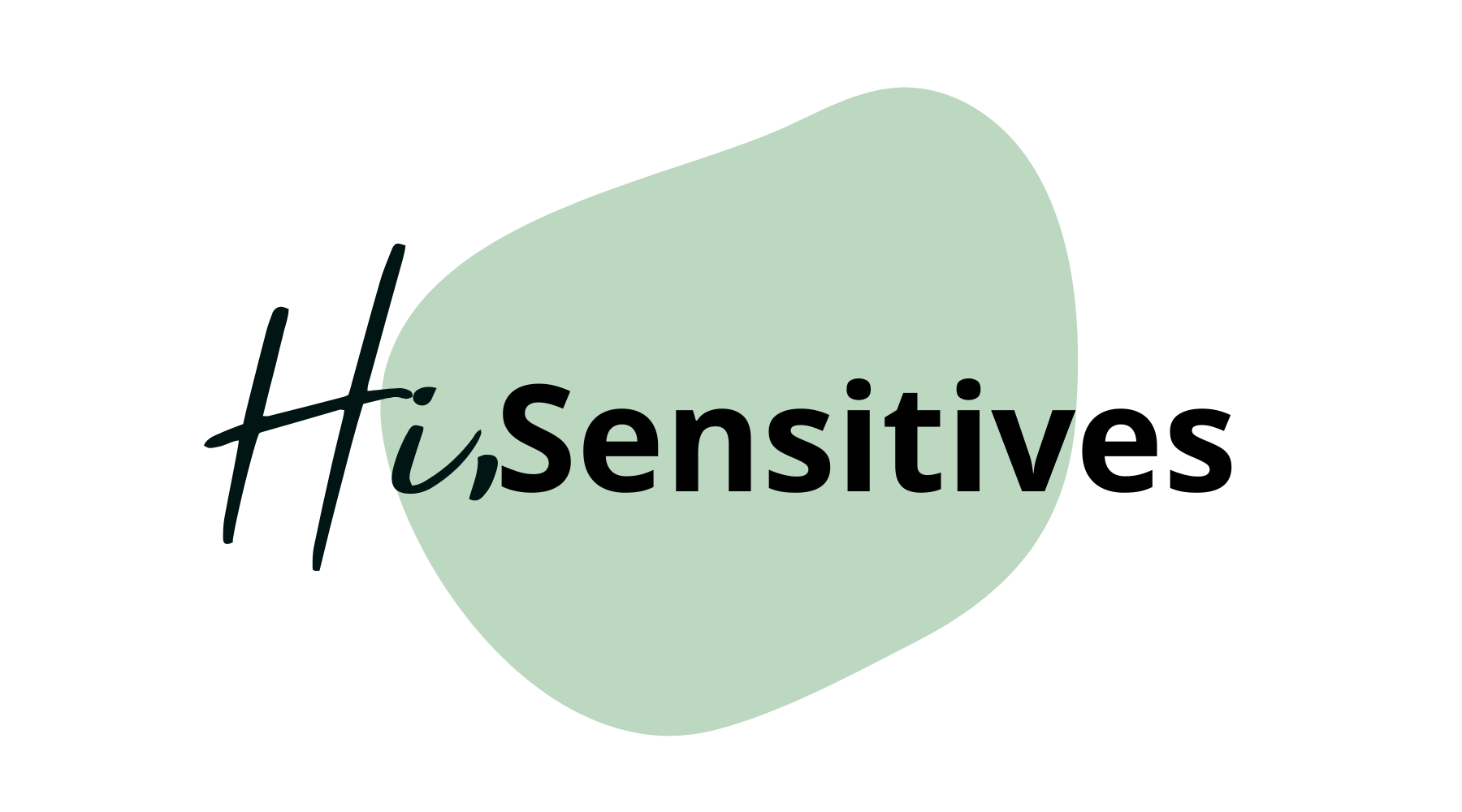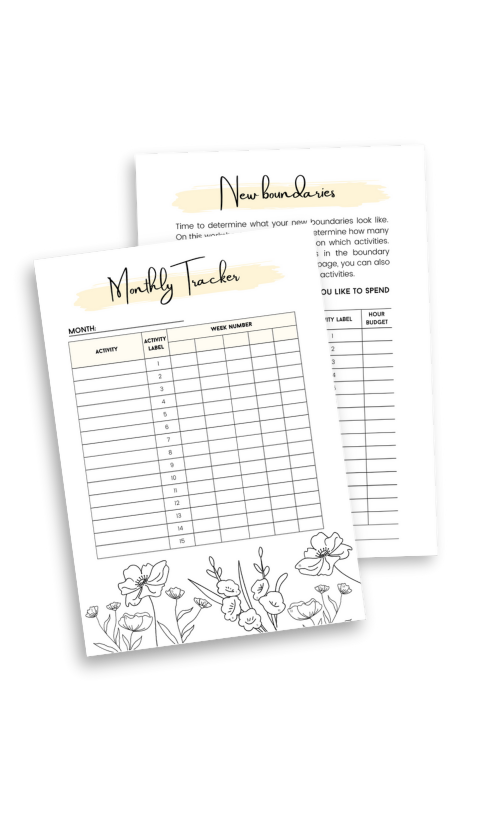Debunk 5 common hsp energy myths with science-backed insights and empath energy tips to balance your sensitive nervous system.
Estimated reading time: 8 minutes
As highly sensitive people (HSPs), we often encounter advice (and misconceptions) about how to manage our delicate energy. You may have heard phrases like “Just avoid crowds at all costs”. Or the famous “You need eight hours of uninterrupted rest every night.” But are these hsp energy myths really true? Let’s separate fact from fiction using insights from neuroscience, psychophysiology, and polyvagal theory. In this Q&A, we’ll tackle five widespread misconceptions and offer empath energy tips that align with your sensitive nervous system.
Here’s What You’ll Discover about HSP Energy Myths:
- “HSPs must completely avoid stimulating environments”
- “Long, uninterrupted rest is the only way to recharge”
- “Grounding alone solves all energy issues”
- “Exercise adds stress to an already sensitive body”
- “Saying ‘no’ will always cause guilt and strained relationships”
- Ready to Actively Work on Your Energy Management?
“HSPs must completely avoid stimulating environments”
Q: Isn’t it true that any sensory-rich setting will overwhelm an HSP?
A: It’s a common belief that HSPs need to steer clear of stimulating environments entirely, a performance hall, a busy café, or even a bustling family gathering, but research suggests a more nuanced approach. According to Elaine Aron’s foundational work on sensory processing sensitivity, gradual, controlled exposure to sensory input can actually build resilience rather than deepen fragility. This practice, sometimes called “sensory training,” involves dabbling in mildly stimulating environments for short durations. Then, returning to a calmer space or engaging in a brief quick energy reset. For instance, you might spend five minutes in a lively park and notice your cues (increased heart rate, tension in shoulders). Then, follow up with a grounding or centering practice like the One-Breath Shield or Three-Point Grounder.
Over time, this incremental method can expand your comfort zone, making previously daunting situations more manageable. Rather than complete avoidance, which can inadvertently signal to your nervous system that these environments are dangerous, controlled exposure tells your body, “I can handle this,” rewiring your stress response. Polyvagal theory supports this, noting that safe, rhythmic stimuli (like moderate social interaction or natural urban sounds) can foster vagal tone and promote a sense of safety without triggering fight-or-flight reactions. By thoughtfully integrating brief forays into noisy or crowded settings, paired with immediate calming micro-rituals, you empower your sensitive system to stay curious and connected, rather than fearful and withdrawn.

“Long, uninterrupted rest is the only way to recharge”
Q: Shouldn’t HSPs always prioritize lengthy rest periods to recover?
A: While deep, restorative rest (like a full night’s sleep or a weekend retreat) is undeniably valuable for HSPs, emerging research on “microbreaks” reveals that frequent, brief pauses can provide comparable benefits in daily life. A study found that even 1–2 minute breaks throughout the workday reduce cortisol levels and improve subjective well-being more effectively than a single, longer break at noon. These microbreaks, or hsp energy micro rituals, act as tiny course corrections that prevent small stressors from snowballing into major overwhelm.
Consider integrating a 30-second Sensory Anchor after every two hours of focused work. Simply hold a smooth stone, note five sensory details, and breathe deeply. These “small doses” of rest engage your parasympathetic system, promoting a consistent state of calm that compounds over time. In contrast, waiting until you’re utterly depleted for a single, long rest can leave you vulnerable to burnout in the interim.
Furthermore, neurobiological models highlight that frequent positive breaks spark dopamine release and reinforce neural pathways associated with reward and self-care. This means microbreaks don’t just soothe your nervous system in the moment, they train your brain to anticipate and value self-regulation. For an empath juggling multiple roles, weaving 2-minute empath rituals into your routine offers a sustainable path to balance, honoring your need for recovery without derailing productivity or daily flow.
“Grounding alone solves all energy issues”
Q: If earthing is so powerful, shouldn’t grounding be the sole focus?
A: Earthing, or grounding, has earned scientific credibility for its role in reducing inflammation, normalizing cortisol rhythms, and improving sleep quality. However, viewing grounding as a panacea overlooks the intricacies of our nervous systems and the varied contexts HSPs encounter. Polyvagal theory emphasizes the importance of internal regulation via the vagus nerve: practices that soothe the autonomic nervous system from within, what we call centering, are equally crucial. Grounding excels at discharging accumulated stress stored in the body’s tissues; centering excels at creating protective boundaries when stressors are incoming.
Imagine you’re in a meeting with fluorescent lights and flustered colleagues. You can’t slip barefoot into the grass mid-presentation, but you can engage a centering practice, placing a hand on your heart, breathing for a count of four in, six out, and visualizing a calming aura. This internal shift activates the parasympathetic branch, fostering a sense of safety and social engagement even amid sensory overload.
In practice, robust hsp nervous system regulation involves both approaches. Start your day with grounding: stand on grass (or touch a grounding stone) while breathing deeply. Later, when external circumstances shift, crowds, deadlines, unexpected stress, pivot to centering techniques. By integrating both energy refresh techniques, you honor the full spectrum of your sensitivity: grounding when you need to release, centering when you need to protect, and both when you aim to flourish in a busy world.
“Exercise adds stress to an already sensitive body”
Q: Aren’t physical workouts too intense for empathic nervous systems?
A: It’s easy to assume that high-sensitivity translates to low physical tolerance, but contemporary research encourages a balanced view: moderate, mindful movement supports emotional regulation and vagal tone, whereas excessive intensity can indeed trigger stress responses. The key for HSPs is choosing exercises that align with your sensitivity, slow yoga flows, mindful walking, or gentle tai chi, instead of jumping straight into high-impact or high-intensity interval training (HIIT).
A study in Frontiers in Human Neuroscience showed that slow rhythmic movement, paired with focused attention on breath and body sensations, significantly increased heart rate variability (HRV), a marker of parasympathetic activation, and reduced anxiety. For example, a 10-minute forest walk, where you mindfully observe the pattern of leaves and ground beneath your feet, doubles as both exercise and a quick energy reset. Similarly, a short sequence of sun salutations at dawn can release lactic acid and pent-up stress, then segue into a centering breath practice.
By reframing exercise as a sensory-rich, restorative experience rather than sheer exertion, you leverage movement as a tool for energy refresh rather than deplete your reserves. This approach honors your body’s cues, breath depth, muscle comfort, heart rate, and guides you toward practices that invigorate your system without overstimulation.
“Saying ‘no’ will always cause guilt and strained relationships”
Q: Isn’t setting boundaries inherently harmful to HSP connections?
A: The belief that boundaries inevitably damage relationships stems from a misunderstanding of healthy communication. It is believed that assertive yet compassionate boundary-setting fosters trust and respect, rather than resentment. When you express your needs clearly, using “I” statements, gentle scripts, and appropriate alternatives, you convey care for both yourself and the other person.
Consider the script: “I’d love to help with your project, but my current energy levels won’t allow me to do justice. Could we schedule a time next week when I can give you my full attention?” This approach, rooted in empath energy tips, combines honesty with an alternative, reducing the sting of refusal. Studies in social psychology have found that people appreciate transparency and are more likely to reciprocate respect when boundaries are communicated thoughtfully.
Moreover, chronic overextension, saying “yes” when your system is depleted, elevates stress hormones like cortisol and undermines relationship quality over time. By contrast, setting limits preserves your emotional bandwidth, enabling you to show up authentically and generously when you can. Over time, this pattern trains your friends, family, and colleagues to honor your needs, fostering deeper, more sustainable connections.
Ready to Actively Work on Your Energy Management?
By understanding and debunking these hsp energy myths, you now have a science-backed toolkit of empath energy tips to carry you through any overwhelm. But if you’re ready to go deeper, master your energy once and for all, consider joining our HiSensitives Membership for HSPs.
Inside, you’ll gain instant access to Julia Harrell’s powerful Energy Management Masterclass, where you’ll:
- Explore four weeks of step-by-step grounding, centering, and aura-adjustment practices tailored for HSPs.
- Download exclusive energy-tracking worksheets to map your progress and refine your rituals.
- Enjoy weekly guided meditations designed to reset your nervous system in minutes.
- Connect with a welcoming community of fellow sensitive souls sharing wins, questions, and support.
All of this is available for just $1/month after a free 3-day trial. Ready to unlock your most balanced, resilient self?
Join the HiSensitives Membership and start Julia Harrell’s Energy Masterclass today!
Just a little heads up: some of the links in this blog are affiliate links, which means if you click on them and make a purchase, we may earn a small commission at no additional cost to you. 😊
We only recommend products and services we genuinely believe in and have personally used or researched. Your support through these links helps us keep bringing you valuable content, so thank you for being amazing!
Disclaimer: In this article, we collaborated with AI while writing articles, meaning that we used it as a personal assistant to provide valuable information to our readers. The personal touch through stories and personal examples and the editing of the article have been performed by the author.







